I think this would be a lot easier when Shiny releases its async support. But for now, it'd have to be a custom, client-side JavaScript solution.
My take on it uses the same Bootstrap 3 progress bars that Shiny uses. Out of laziness, I also leveraged Shiny's progress bar CSS classes (top bar style), so this will conflict with Shiny's progress bars. Ideally it'd be a widget with its own styles.
I used jQuery's animate to set the width of the progress bar over a fixed duration. animate has some nice options out of the box like easing. I also let the progress bar linger after 100% by default, thinking it'd be better for the server to explicitly close the progress bar in case the timing isn't exact.
library(shiny)
progressBarTimer <- function(top = TRUE) {
progressBar <- div(
class = "progress progress-striped active",
# disable Bootstrap's transitions so we can use jQuery.animate
div(class = "progress-bar", style = "-webkit-transition: none !important;
transition: none !important;")
)
containerClass <- "progress-timer-container"
if (top) {
progressBar <- div(class = "shiny-progress", progressBar)
containerClass <- paste(containerClass, "shiny-progress-container")
}
tagList(
tags$head(
tags$script(HTML("
$(function() {
Shiny.addCustomMessageHandler('progress-timer-start', function(message) {
var $progress = $('.progress-timer-container');
var $bar = $progress.find('.progress-bar');
$bar.css('width', '0%');
$progress.show();
$bar.animate({ width: '100%' }, {
duration: message.duration,
easing: message.easing,
complete: function() {
if (message.autoClose) $progress.fadeOut();
}
});
});
Shiny.addCustomMessageHandler('progress-timer-close', function(message) {
var $progress = $('.progress-timer-container');
$progress.fadeOut();
});
});
"))
),
div(class = containerClass, style = "display: none;", progressBar)
)
}
startProgressTimer <- function(durationMsecs = 2000, easing = c("swing", "linear"),
autoClose = FALSE, session = getDefaultReactiveDomain()) {
easing <- match.arg(easing)
session$sendCustomMessage("progress-timer-start", list(
duration = durationMsecs,
easing = easing,
autoClose = autoClose
))
}
closeProgressTimer <- function(session = getDefaultReactiveDomain()) {
session$sendCustomMessage("progress-timer-close", list())
}
ui <- fluidPage(
numericInput("seconds", "how many seconds your calculation will last?", value = 6),
progressBarTimer(top = TRUE),
actionButton("go", "Compute")
)
server <- function(input, output, session) {
observeEvent(input$go, {
startProgressTimer(input$seconds * 1000, easing = "swing")
Sys.sleep(input$seconds) # simulate computation
closeProgressTimer()
showNotification("Computation finished!", type = "error")
})
}
shinyApp(ui, server)
